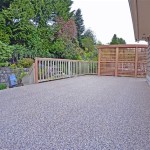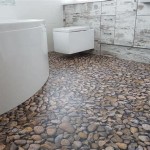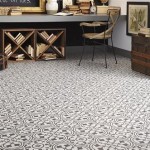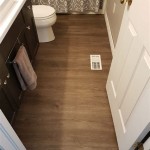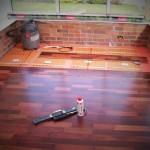Having hardwood floors in your home can be a beautiful addition to any space. But one of the unfortunate downsides of having hardwood floors is the fact that they can be prone to developing gaps and cracks over time. Fortunately, there are a few simple ways you can go about filling in those gaps and cracks to make your floors look as good as new.
Filling Gaps with Wood Putty
Wood putty is one of the simplest and most common ways to fill gaps in hardwood floors. It’s a type of paste that comes in various colors, including natural wood shades. To use wood putty, you’ll need to apply it to the gap or crack, and then use sandpaper or a putty knife to smooth it out. Be sure to choose a color that matches your floors as closely as possible.
Using Wood Filler
Wood filler is another popular option for filling gaps in hardwood floors. Wood filler is available in both oil- and water-based varieties, though in most cases you’ll want to use an oil-based filler. To use wood filler, you’ll need to apply it to the gap or crack and then use a putty knife to smooth it out. Once the filler has dried, you can sand it down to make it flush with the rest of the floor.
Using Hardwood Flooring Strips
If you’re looking to fill larger gaps in your hardwood floors, you may want to consider using hardwood flooring strips. This involves cutting strips of the same type of wood that your floors are made from and then nailing them into the gap or crack. You’ll need to measure the gap or crack before cutting the strips, and then use a nail gun to secure them in place. Once the strips are in place, you can use wood putty or wood filler to fill in any gaps between the strips and the rest of the floor.
Filling Gaps with Epoxy
Epoxy is another popular choice for filling gaps in hardwood floors. Epoxy is a type of resin that is incredibly strong, so it’s perfect for filling gaps that are prone to expanding or contracting due to temperature or humidity changes. To use epoxy, you’ll need to mix it according to the instructions on the package, and then apply it to the gap or crack. You may need to use a putty knife or other tools to get the epoxy into the gap or crack. Once it’s dry, you can sand it down to make it flush with the rest of the floor.
Finishing Touches
Once you’ve filled in the gaps or cracks in your hardwood floors, you’ll need to do some finishing touches. This may include staining and sealing the wood, or applying a finish such as polyurethane. Depending on the type of wood you’re using, you may also want to consider applying a wax to the floor to protect it from scratches and wear and tear.
Conclusion
Filling gaps and cracks in hardwood floors can be a bit of a challenge, but it’s not impossible. With the right materials and a bit of patience, you can make your hardwood floors look as good as new. Whether you choose to use wood putty, wood filler, hardwood flooring strips, or epoxy, you’ll be able to fill those gaps and make your floors look beautiful again.















Related Posts

